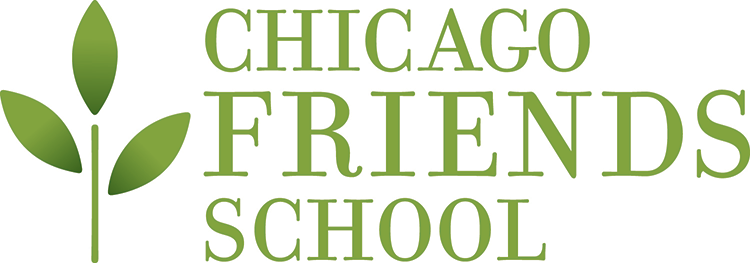It happened so quickly. There was a ward meeting about the possibility of sheltering migrants at a local park center in July, and by August 1 there were hundreds of migrants moving into a shelter steps away from our school. These families with children had made the arduous, almost 3000-mile journey across MesoAmerica and had been bussed here from Texas or Colorado. They represent only a tiny portion of the over 18,000 migrants who have arrived in Chicago since the beginning of the year, with more buses and planes arriving each day.
“What can we do?” is a reasonable question in the face of such need, and when I joined the alderwoman’s weekly calls of community organizations that were mobilizing to help, it became clear quickly that this question has few clear answers. From the highest levels of city government to the smallest non-profits, there is not enough infrastructure in place, little dedicated funding, and people at all levels are scrambling to try to meet the growing need.
“What can we do?” is something I ask as head of Chicago Friends School (CFS), too. As a Quaker school, CFS has a strong commitment to service and takes as a bedrock value that all people are equal in worth, regardless of circumstances. It was clear that we should use our annual fall service project to benefit the migrants. But how?
“What can we do?” I asked at a staff meeting. What would be meaningful for the migrants but also doable by our small K-8 school? What would our young students understand? One of the teachers had a great idea: rather than fundraising or doing a supplies drive, could we provide human connections and a kid-to-kid welcome? Could our kids do something with the kids living in the Armory instead of for them? And if so, how could we transcend language barriers and provide a real welcome? And with those questions asked, the idea of a shared field day began to take root.
After this seed was planted, “What can we do?” became more of a practical question. Our teaching staff of four plus myself couldn’t manage dozens of migrant children plus our own students, teach them games, distribute snacks and run a field day all by ourselves. Again, one of the teachers had the right suggestion: find partners. A couple of feelers to nearby schools got us an enthusiastic yes from Sacred Heart Academy, and through Sacred Heart’s wonderful Paz Salas, a connection to the local Edgewater interfaith alliance, and Centro Romero. I pulled in members of the local Quaker community and a nearby Episcopal church, and suddenly we had more volunteers to run the day than we needed!
On a gorgeous fall day, we had the field day. CFS students spend the morning making signs, learning phrases of welcome in Spanish, and hauling equipment to the park. Adults from almost a dozen organizations provided snacks, set up tables, ran games, and helped students play together. The games went off with barely a hitch. Huge grins were seen on kids’ faces, migrant and resident alike.
The world is full of need and it sometimes feels that anything we do will not be enough. But asking the question, “what can we do?” is crucial. Studies show that everyone’s life is improved by service: not just those who benefit from service, but also those who perform it. When we do our part to help, however small, we increase our own hope and sense that we can act to help things. When we ask, and answer, the question, “what can we do?” we affirm that we can do something. That our actions matter.
That day also taught me about the “we” in the question “What can we do?” Day-of volunteers included Muslims, Quakers, Jews, Catholics, Episcopalians, and those with no religious orientation at all, all united in helping those in need in our community. It included students, grandparents, parents, siblings, alumni of both schools and even people who were simply neighbors of the school. All of them came to connect, in some kind of genuine way, with the new neighbors of ours in the community. Through shared service, through connection and welcome, we were expanding what we mean by “we.”


Karen Carney
is the head of school. Karen’s career demonstrates a rich and diverse set of skills: project oversight, curriculum development, educator training and mentoring, and classroom instruction. Prior to coming to Chicago Friends School, she worked as a senior specialist in science curriculum for American Institutes for Research. Before this, she oversaw educational programming at the Adler Planetarium, first as its director of education and then as associate vice president for visitor experience and learning. She has also worked in instruction and teacher development at the University of Illinois at Chicago’s Learning Sciences Research Institute and has authored more than 20 scholarly papers, book chapters, and conference presentations.
Karen is an active, dedicated Friend (Quaker) and has held various leadership positions at the Evanston Friends Meeting. She enjoys baking, cooking, and painting and is a member of the Playmation improv comedy team.